VERS UNE AUTONOMISATION DE L’APPRENTISSAGE DES LANGUES AVEC LES PLATEFORMES
(LE CAS DE LA PLATEFORME ALTISSIA A L’OFPPT)
DOI:
https://doi.org/10.60590/PRSM.itec-iss8.138Keywords:
Autonomy, language platforms, self-directed learning, motivation, self-management, self-monitoringAbstract
The rapid evolution of digital technologies has profoundly transformed foreign language learning, providing learners with unprecedented access to interactive and innovative resources. Among these tools, educational platforms such as Altissia stand out for their ability to provide rich and adaptive learning environments. The theoretical framework of this research is based on Garrison’s (1997) self-directed learning model, which explores the key dimensions of motivation, self-monitoring, and self-management in learners. Initial motivation plays a crucial role in stimulating learners’ engagement and perseverance, while self-monitoring allows learners to evaluate their own progress and adjust their learning strategies accordingly. At the same time, self-management involves the ability to plan, organize, and effectively execute learning activities without direct supervision. To evaluate the impact of Altissia on these dimensions, a quantitative methodological approach was adopted. Data were collected from OFPPT trainees (Oujda, Jerada, and Driouch) using a structured questionnaire. The results obtained indicate significant correlations between high motivation, strong self-monitoring ability, and advanced self-management skills, suggesting that these factors are essential for promoting greater autonomy among Altissia users. This study contributes to an understanding of the underlying mechanisms of learning in a digital environment, highlighting how digital platforms enrich the language learning experience and promote the development of autonomy skills. Furthermore, it highlights the growing importance of these skills in a connected world where learners must be able to adapt and learn autonomously throughout their lives.
Downloads
Published
How to Cite
Issue
Section
License
Copyright (c) 2025 Innovation, Technology, Education and Communication

This work is licensed under a Creative Commons Attribution-NonCommercial 4.0 International License.


